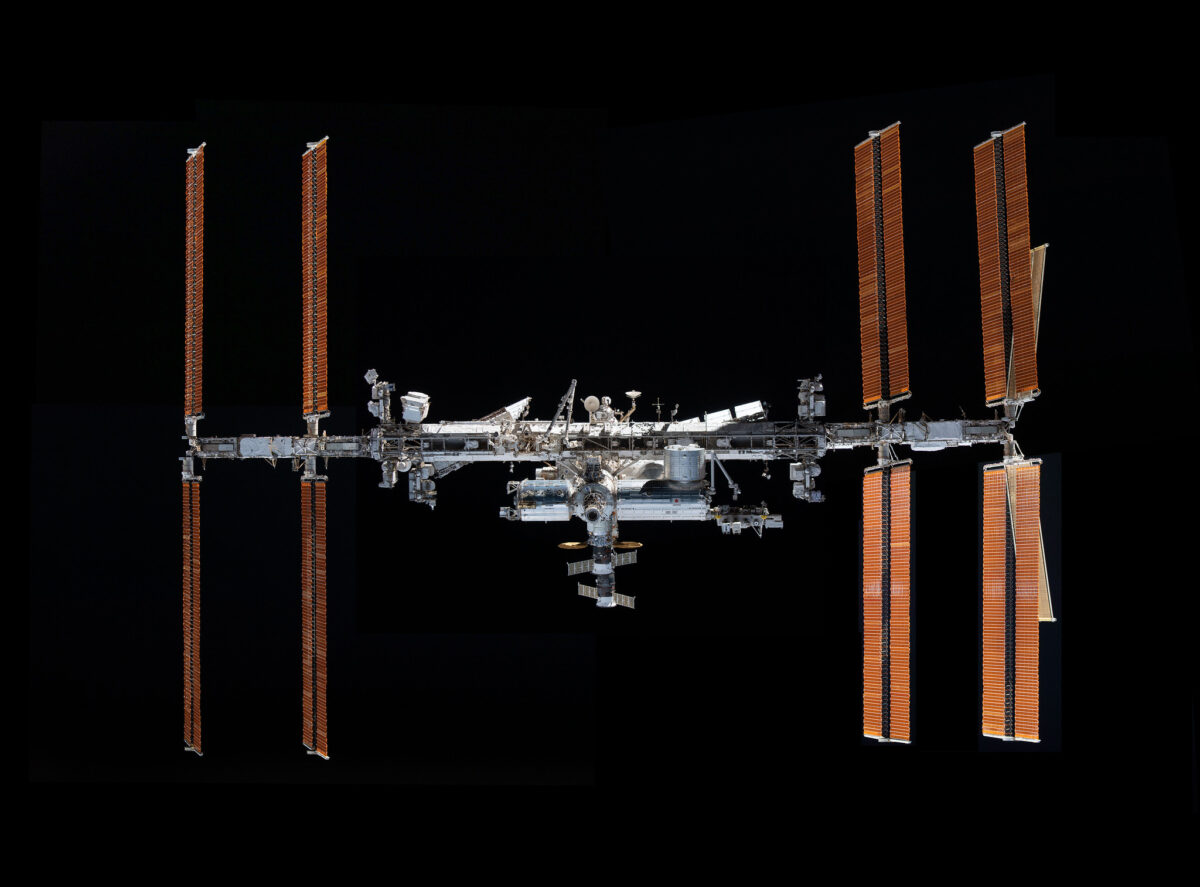The National Aeronautics and Space Administration (NASA) announced it has launched its 28th commercial resupply mission with SpaceX, sending 7,000 pounds of cargo to the international space station.
A SpaceX Dragon spacecraft propelled by a Falcon 9 rocket will bring several measurement instruments as well as two roll-out solar arrays. The arrays, International Space Station Roll Out Solar Arrays (IROSA) will deliver additional energy capacity to the microgravity complex. Live coverage of arrival will begin at 4:15 a.m., EST, Tuesday, June 6, on NASA Television, the agency’s website, and the NASA app.
As of 2021, the International Space Station had 250 kW of IROSA capacity, and the two new arrays may add up to 60 kW of capacity.
These arrays are a compact design, more affordable, and offer autonomous capabilities that can enhance a wide spectrum of scientific and commercial missions, from low-Earth orbit all the way to interplanetary travel.
ROSA is a technology of Redwire Space, originally developed by Deployable Space Systems (DSS) with support from NASA. Since 2009, NASA has funded parts of DSS’s journey, from conceptualizing ROSA to its development, culminating in successful technology demonstrations, operational mission use, and other cutting-edge potential applications. DSS was acquired by Redwire in 2021, continuing ROSA’s infusion into both NASA and commercial missions.
“You come up with a simple concept, but to get that to space, riding along that controlled explosion is what drives your design,” said Ken Steele, vice president, business development, Redwire.
The Sun is the largest power source in space, producing more power per second than humanity has consumed in the past 70 years, said NASA. Most spacecraft use solar panels to harness the Sun’s continuous energy and provide power for various needs such as thermal and payload operations.
However, solar panel designs are built around two key factors: size and reliability, which have been difficult to optimize. Size of the panels affects the cost of launch, while long-term reliability is needed to withstand the harsh environment of space, including temperature swings, radiation, and micrometeoroid impacts.
Since standard solar panel designs yield modules that are rigid, large, heavy, and complex to operate, NASA recognized how ROSA could improve solar panel design for launching into orbit and beyond.
Included in the NASA/SpaceX cargo shipment are thunderstorm-studying devices and a system that tests the viability of plant seeds produced in space and returned to Earth. The results could provide insight into how to grow multiple generations of plants to provide food and other services on future space missions, said NASA.
The cargo mission will also send devices to study the effects of space on telomeres, genetic materials that protect human chromosomes. While telomeres shorten with age and wear, scientists have studied telomeres lengthen in space. Other devices in the 7,000-pound cargo shipment include measurement tools to monitor glacial melting and cosmic radiation weathering.
Recently, researchers from Caltech successfully beamed energy back to Earth from solar arrays in space. The pilot project deployed a constellation of modular spacecraft equipped with PV to collect sunlight, convert it to electricity, and then wirelessly transmit the electricity over long distances wherever it is needed. Caltech said the technology could be useful to remote areas that do not have supportive transmission infrastructure.
This content is protected by copyright and may not be reused. If you want to cooperate with us and would like to reuse some of our content, please contact: editors@pv-magazine.com.









By submitting this form you agree to pv magazine using your data for the purposes of publishing your comment.
Your personal data will only be disclosed or otherwise transmitted to third parties for the purposes of spam filtering or if this is necessary for technical maintenance of the website. Any other transfer to third parties will not take place unless this is justified on the basis of applicable data protection regulations or if pv magazine is legally obliged to do so.
You may revoke this consent at any time with effect for the future, in which case your personal data will be deleted immediately. Otherwise, your data will be deleted if pv magazine has processed your request or the purpose of data storage is fulfilled.
Further information on data privacy can be found in our Data Protection Policy.